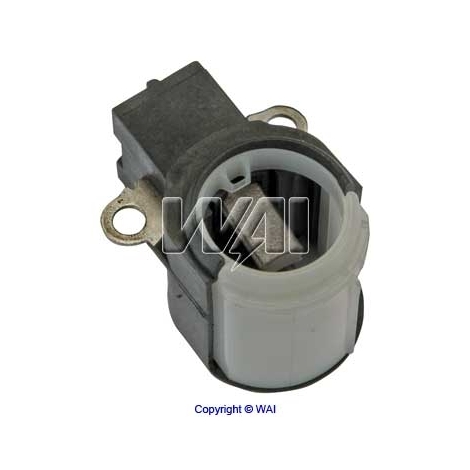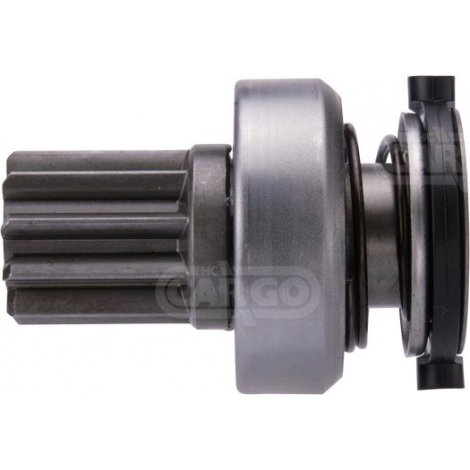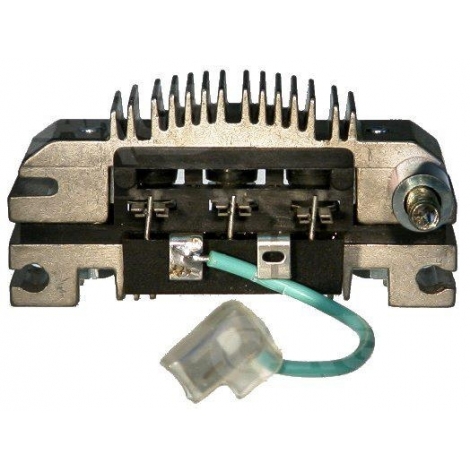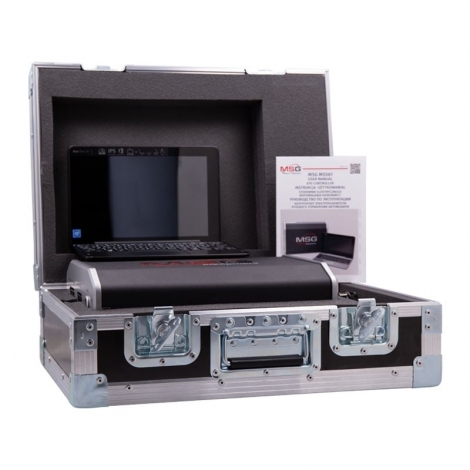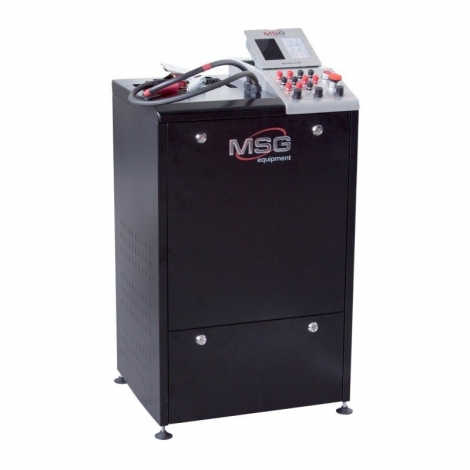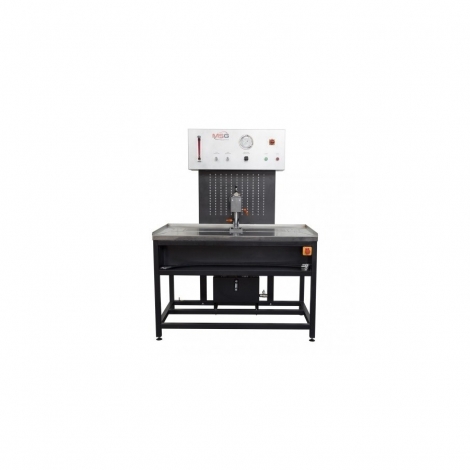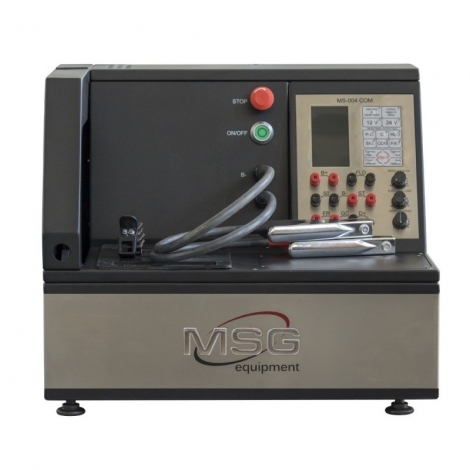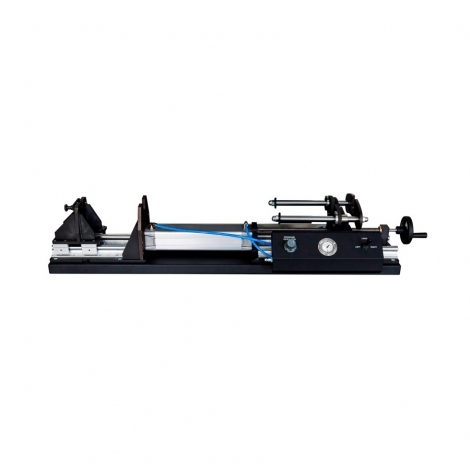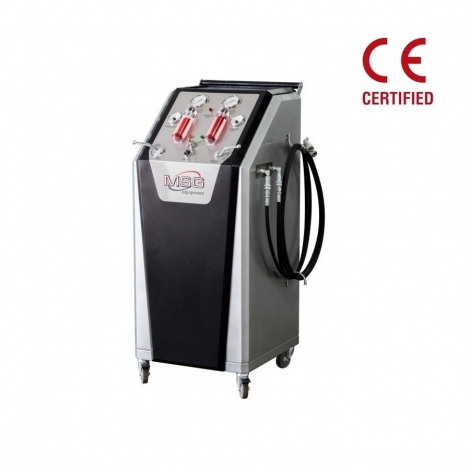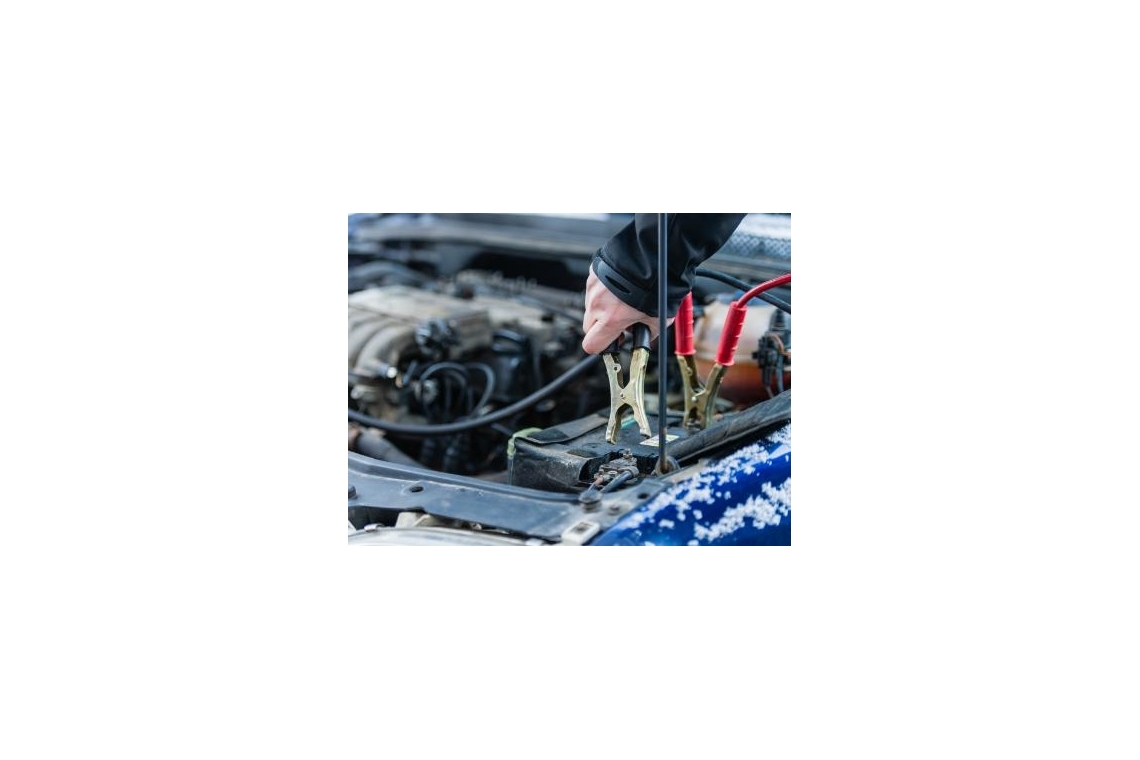
How to start the car:
with special ignition wires
On cold winter mornings, it is often possible to call for help from neighbors or friends with a request to help start the car. We can get into this situation ourselves. Ignition wires are becoming the most common solution to this problem. But how to use them so that help does not become an additional problem?
After a cold night, it is usually tried to revive a car that does not start in two ways - by pulling a tow rope or with special starting wires. The first method offers greater guarantees, but also requires certain conditions. For example, suitable road or street sections. To start the car with wires, it can be done practically anywhere.
However, before granting or accepting aid, it is necessary to know certain steps in order for the aid to be effective and not to become an even bigger problem.
First, it is necessary to find out why the car does not start. For example, if the battery is discharged because the driver forgot to turn off the headlights or interior lights, this is a minor problem.
It will be much more difficult if the car does not start due to a technical failure. For example, if the glow plugs do not work on a diesel engine. In this case, starting the car with wires may not be possible, the possible start can only be done by pulling the tow rope.
Once the problem is identified, the next step is to lay the wires. Many professionals advise that you first place the terminal on the positive (+) terminal of the car battery you want to start. Then place the other terminal on the "plus" battery of the rescue vehicle.
The negative (-) terminals of the batteries must then be connected in the same sequence. It is advisable for the wires to be connected by one person. It is also necessary to store the wires separately. That is, as long as the positive poles are connected with the terminals, it is better to give the wire for connecting the negative poles to a support colleague.
These steps must be performed with particular care, as confusion and clamping of the incorrect battery terminals can lead to a short circuit and additional problems can occur not only for the owner of the vehicle that requested it, but also for the owner of the vehicle that provided it.
If the wires are properly laid, it is advisable to wait about 15 minutes for the car battery to charge. Then it is necessary to turn off the car assisting and only then try to start a "weakened" colleague, but the wires must be left connected.
This operation is necessary because possible voltage fluctuations during starting can damage the alternators or other electronic systems of both cars. For the same reason, the engine of the auxiliary vehicle must be switched off during start-up and the key removed from the ignition switch.
If the car is technically in order and all the steps have been taken correctly, the engine, which has not shown any signs of life until recently, should start after one or two attempts to start. If this failed the first time, everything can be repeated. However, care must be taken not to discharge the battery of the rescue vehicle.
When starting a car that requires assistance, the cables must be disconnected in the reverse order to that in which they were connected. That is, the negative poles are disconnected first, then the positive ones.
It is also useful to know that wired petrol engines are usually quicker and easier to start because they require less electricity. With diesel cars, you may have to get tired longer.
The success of the final result can also be determined by the quality of the wires used and their maximum load. For example, 300 A (ampere) wires will be less efficient than those with a maximum load of 500 or 700 A.
By the way, before calling a friend or asking neighbors for help, check the terms of your car's liability insurance. Maybe you own a free roadside assistance service and fix the problem quickly and at no extra cost.


